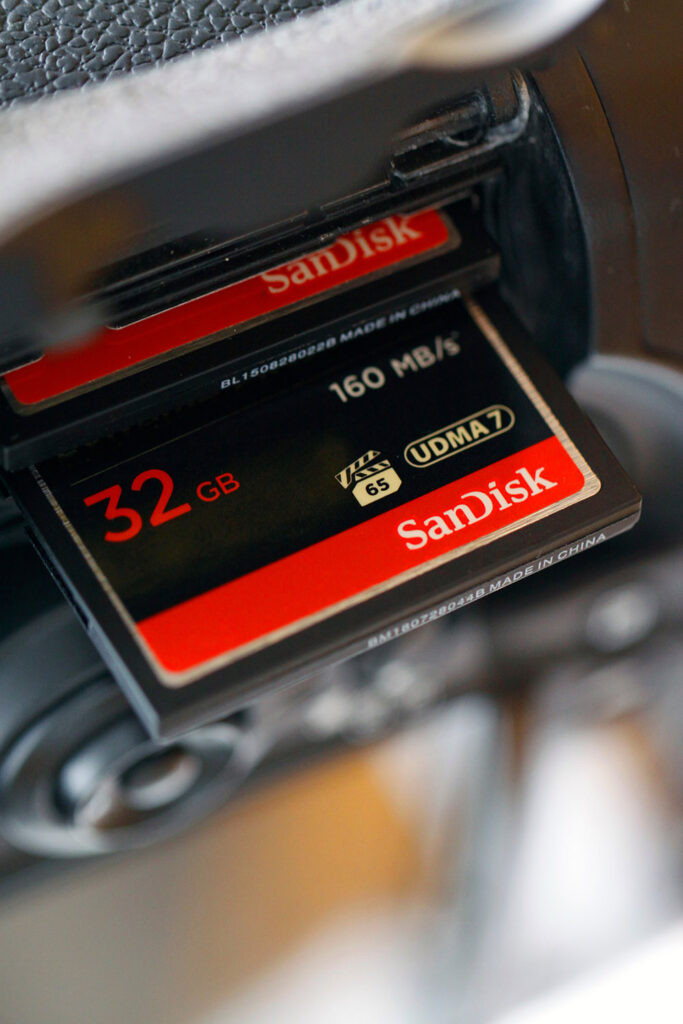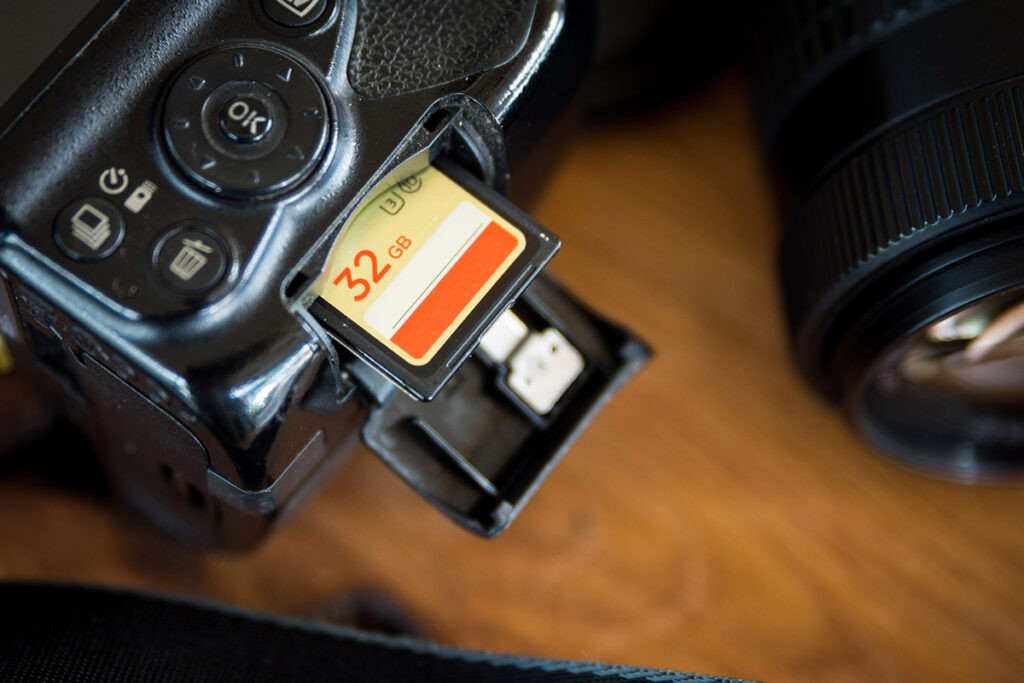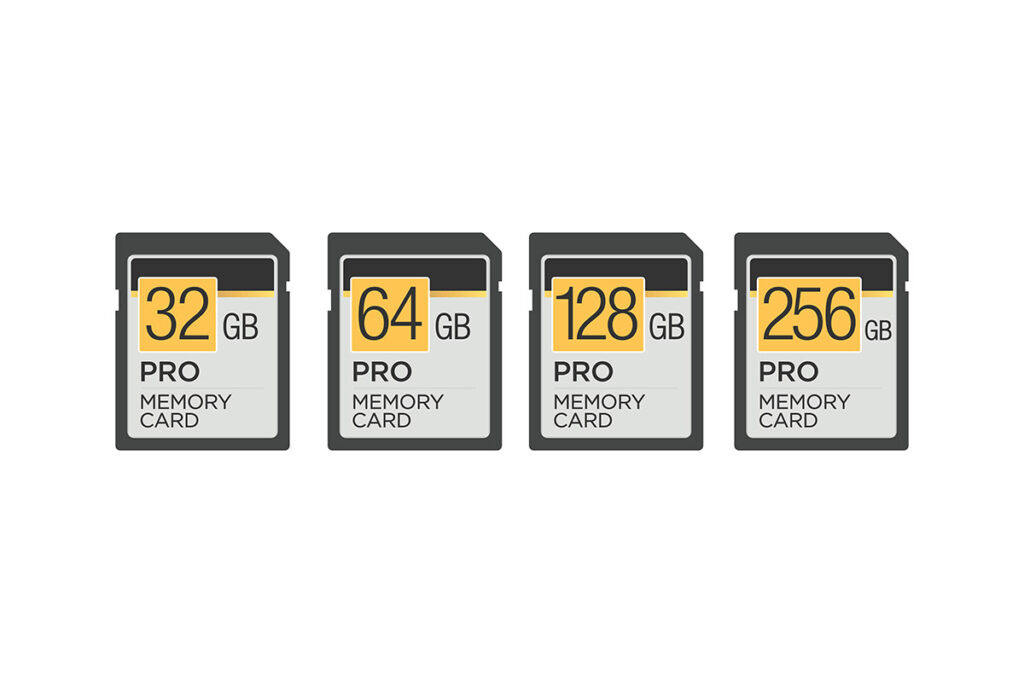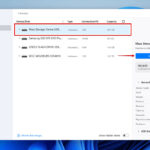Ever wondered just how many memories you can capture before your memory card fills up? If you’re pondering how many photos a 32GB card can hold, you’ve landed in the right place! This guide will walk you through everything you need to know about memory card capacity and photo storage, ensuring you’re always ready to snap that perfect shot.
 32gb memory card capacity
32gb memory card capacity
We’ll demystify terms like file formats, image sizes, and quality settings, and explain how they directly influence the number of photos your 32GB card can store. So, keep reading to discover the secrets to maximizing your memory card and never missing a moment.
Decoding 32GB: How Many Photos Can You Really Store?
Generally, a 32GB memory card can store approximately 22,888 JPEG photos. However, this is just an estimate. The actual number of photos your card can hold is subject to several variables, including your camera’s settings, the file format you choose, the resolution of your camera, and even the reliability of your memory card itself.
Let’s dive deeper into the specifics of different file formats:
JPEG: The Space-Saver
JPEG is a widely used image format, known for its efficient compression. It’s the go-to format for online images and everyday photography due to its smaller file size. However, this compression comes at the cost of some image quality.
A 32GB memory card is often quoted as holding up to 22,888 JPEG photos. But remember, the number of photos can fluctuate based on factors like image quality and megapixel count.
For instance, if you’re shooting high-resolution images at 22 megapixels, you can expect to store around 4,161 JPEGs on a 32GB card. Given that a typical JPEG image from a DSLR camera averages around 10MB in size, a 32GB card could accommodate approximately 3,276 photos.
RAW: Capturing Every Detail
For photography enthusiasts and professionals, RAW image formats are essential. RAW files are uncompressed, high-quality images directly from your camera’s sensor. They retain all the original image data, offering unparalleled flexibility for editing and post-processing. Unlike JPEGs, RAW files provide extensive control over color and exposure adjustments. However, this high quality translates to larger file sizes.
Due to their larger size, a 32GB memory card will hold fewer RAW photos compared to JPEGs. For 4-megapixel RAW images, you might store around 2,228 photos. However, if you’re shooting at 22 megapixels, the capacity drops significantly to approximately 416 pictures on a 32GB card.
DNG: Adobe’s Universal RAW
DNG (Digital Negative) is another type of RAW format, developed by Adobe. Like other RAW formats, DNG files preserve the original, unprocessed data from your camera. The advantage of DNG is its universality – it’s designed to be compatible with all Adobe software, regardless of the camera manufacturer. This makes DNG a versatile choice for photographers working across different platforms.
DNG files generally have a similar file size to traditional RAW files. Therefore, when considering how many DNG photos a 32GB card can hold, you can expect numbers comparable to those of RAW images. Always ensure you have sufficient storage on your memory card or computer when working with DNG files, especially if you’re shooting in burst mode or capturing large volumes of images.
Key Factors Influencing Photo Storage on a 32GB Card
 32GB Memory Card
32GB Memory Card
Understanding what impacts the number of photos you can store is crucial for effective memory card management. Here are the primary factors:
ISO Settings and Bit Depth
ISO settings control your camera’s sensitivity to light. Higher ISO values are useful in low-light conditions but can introduce more noise (graininess) into your images. This increased noise can slightly increase file sizes.
Bit depth refers to the number of colors your camera can record. Higher bit depths capture more color information, resulting in richer, more detailed images, but also larger file sizes. While these factors have a less significant impact compared to file format and image size, they still contribute to the overall storage capacity.
File Formats: JPEG vs. RAW
As discussed earlier, file format is a major determinant of file size. RAW files retain all image data, resulting in larger files and fewer photos per gigabyte. JPEGs, through compression, significantly reduce file sizes, allowing for more photos to be stored, but with some loss of image data. Choosing between RAW and JPEG depends on your photography needs – RAW for maximum quality and editing flexibility, JPEG for convenience and storage efficiency.
Image Size (Resolution)
Image size, or resolution, is measured in pixels and directly impacts file size. Larger images (more pixels) contain more detail and clarity but require more storage space. Your camera typically offers various resolution settings. Selecting a lower resolution will reduce file sizes, allowing you to store more photos on your 32GB card, but at the expense of image detail, which might be noticeable when printing larger photos or cropping significantly.
Image Quality Settings
Within JPEG format, cameras often provide different quality settings (e.g., Basic, Normal, Fine, Superfine). Higher quality settings mean less compression and thus larger file sizes but better image detail. Lower quality settings increase compression, reduce file sizes, but may result in noticeable loss of detail. Choosing the right quality setting is a balance between storage capacity and desired image quality.
File Size: The Bottom Line
Ultimately, file size is the definitive factor. It’s the actual space each photo occupies on your memory card. File size is influenced by all the above factors: file format, image size, quality settings, ISO, and bit depth. Understanding how these settings affect file size empowers you to optimize your camera settings for the desired balance between image quality and storage capacity on your 32GB card.
Being aware of these elements not only helps you manage your memory card space but also enhances your understanding of the technical aspects of digital photography, allowing you to make informed decisions when capturing and preserving your valuable memories.
Calculating SD Card Storage: A Step-by-Step Guide
Estimating how many photos your 32GB SD card can hold involves a simple calculation:
Step 1: Understand Your File Format
- JPEG: Compressed format, smaller file sizes (around 4-6MB for a 12MP photo). Ideal for everyday use but involves some quality loss.
- RAW: Uncompressed, larger file sizes (20-40MB each). Best for maximum editing flexibility and quality.
Step 2: Know Your Megapixel Count
Higher megapixels mean more detail and larger files. A 40MP DSLR photo will be significantly larger than a 12MP smartphone photo.
Step 3: Consider Quality Settings (for JPEG)
Higher JPEG quality settings result in larger files. Choose a setting that balances quality and storage needs.
Step 4: The Estimation Formula
While not perfectly precise, here’s a useful estimation:
- JPEG (12MP, average quality): Divide the SD card capacity (32,000MB) by the average JPEG file size (5MB). 32,000MB / 5MB ≈ 6,400 photos.
- RAW: Divide the SD card capacity (32,000MB) by the average RAW file size (30MB). 32,000MB / 30MB ≈ 1,067 photos.
Note: These are approximate figures. Actual numbers may vary based on camera model and specific settings.
Choosing the Right Memory Card Size
 Memory Card type
Memory Card type
While a 32GB card is a common starting point, consider your photography habits when choosing a memory card size. For many, a 64GB card might be a more practical minimum. Memory cards 32GB and smaller are classified as SDHC (Secure Digital High Capacity), while cards 64GB and larger are SDXC (Secure Digital eXtended Capacity).
If you’re a frequent photographer, aiming for a card that can hold 1,500 to 2,000 photos is advisable. For casual photographers, 1,000 photos capacity might suffice. The goal is to balance ample storage for capturing spontaneous moments with the discipline of regularly offloading and backing up your photos.
For video shooters, especially in 4K, larger cards are essential. 128GB should be considered a minimum, with 256GB or larger recommended for serious videography. This prevents the inconvenience of frequent footage transfers during shoots.
While 1TB SD cards exist, they might be overkill for most users. Furthermore, storing a vast amount of irreplaceable footage on a single, small card can increase the risk of data loss. Diversifying storage across multiple cards is often a safer strategy.
FAQs About 32GB Memory Cards
1. Is 32GB Enough Memory Card?
Whether 32GB is sufficient depends on your photography frequency and style:
- Occasional Photography: 32GB can be adequate for infrequent use.
- Regular Photography: Consider 64GB or larger for everyday shooting to avoid running out of space.
- RAW Format Shooting: 64GB or larger is highly recommended due to larger file sizes.
2. Can SD Cards Lose Data?
Yes, SD cards are susceptible to data loss. Physical damage (drops, bending), improper handling (removing during data writing), and power failures can lead to data corruption or loss. Regular backups and careful handling are crucial for data preservation.
Further Reading: How Many Pictures Can 8GB Hold?
Conclusion: Maximize Your 32GB Memory Card
In summary, a 32GB memory card offers a substantial amount of storage, capable of holding thousands of photos, particularly in JPEG format. Understanding the factors that influence storage capacity – file format, image size, and quality – empowers you to optimize your camera settings and manage your memory card effectively.
By applying the knowledge from this guide, you can confidently capture and store your cherished memories, making informed decisions about memory card usage and ensuring your precious moments are safely preserved for years to come. Happy shooting and smart storing!
